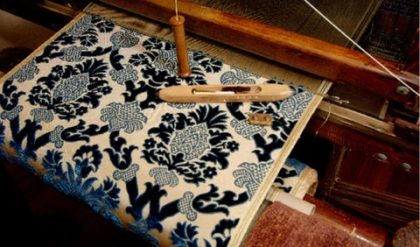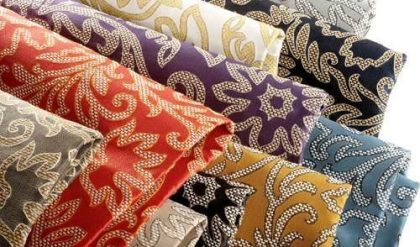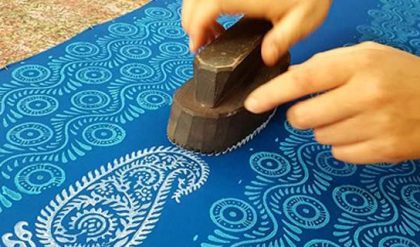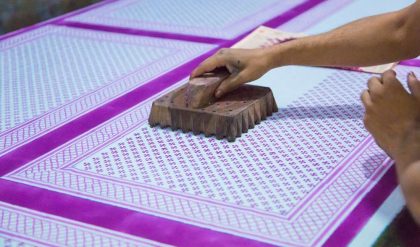FRPs are typically organised in a laminate structure so that each lamina (or flat layer) contains an arrangement of unidirectional fibres or woven-fibre fabrics embedded within a thin layer of light polymer matrix material . The fibres, typically composed of carbon or glass, provide the strength and stiffness. The matrix, commonly made of polyester, Epoxy or Nylon, binds and protects the fibres from damage, and transfers the stresses between fibres.
The strength properties of FRPs collectively make up one of the primary reasons for which civil engineers select them in the design of structures. A material’s strength is governed by its ability to sustain a load without excessive deformation or failure. When an FRP specimen is tested in axial tension, the applied force per unit cross-sectional area (stress) is proportional to the ratio of change in a specimen’s length to its original length (strain). When the applied load is removed, FRP returns to its original shape or length. In other words, FRP responds linear-elastically to axial stress.
The response of FRP to axial compression is reliant on the relative proportion in volume of fibres, the properties of the fibre and resin, and the interface bond strength. FRP composite compression failure occurs when the fibres exhibit extreme (often sudden and dramatic) lateral or sides-way deflection called fibre buckling.
FRP’s response to transverse tensile stress is very much dependent on the properties of the fibre and matrix, the interaction between the fibre and matrix, and the strength of the fibre-matrix interface. Generally, however, tensile strength in this direction is very poor.
Shear stress is induced in the plane of an area when external loads tend to cause two segments of a body to slide over one another. The shear strength of FRP is difficult to quantify. Generally, failure will occur within the matrix material parallel to the fibres.
Among FRPs’ high strength properties, the most relevant features include excellent durability and corrosion resistance. Furthermore, their high strength-to-weight ratio is of significant benefit; a member composed of FRP can support larger live loads since its dead weight does not contribute significantly to the loads that it must bear. Other features include ease of installation, versatility, anti-seismic behaviour, electromagnetic neutrality, excellent fatigue behaviour, and fire resistance.
However, like most structural materials, FRPs have a few drawbacks: high cost, brittle behaviour, susceptibility to deformation under long-term loads, UV degradation, photo-degradation (from exposure to light), temperature and moisture effects, lack of design codes, and lack of awareness.
FRPs have been used widely by civil engineers in the design of new construction. Structures such as bridges and columns built completely out of FRP composites have demonstrated exceptional durability, and effective resistance to the effects of environmental exposure. Pre-stressing tendons, reinforcing bars, grid reinforcement, and dowels are all examples of the many diverse applications of FRP in new structures.
One of the most common uses for FRP involves the repair and rehabilitation of damaged or deteriorating structures. Several companies across the world are beginning to wrap damaged bridge piers to prevent collapse and steel-reinforced columns to improve structural integrity and to prevent buckling of the reinforcement.
Architects have also discovered the many applications for which FRP can be used. These include structures such as siding/cladding, roofing, flooring and partitions.
In Canada, engineers have integrated fibre optic sensors into numerous FRP-reinforced systems to ensure that adequate supervision of the systems is provided.





